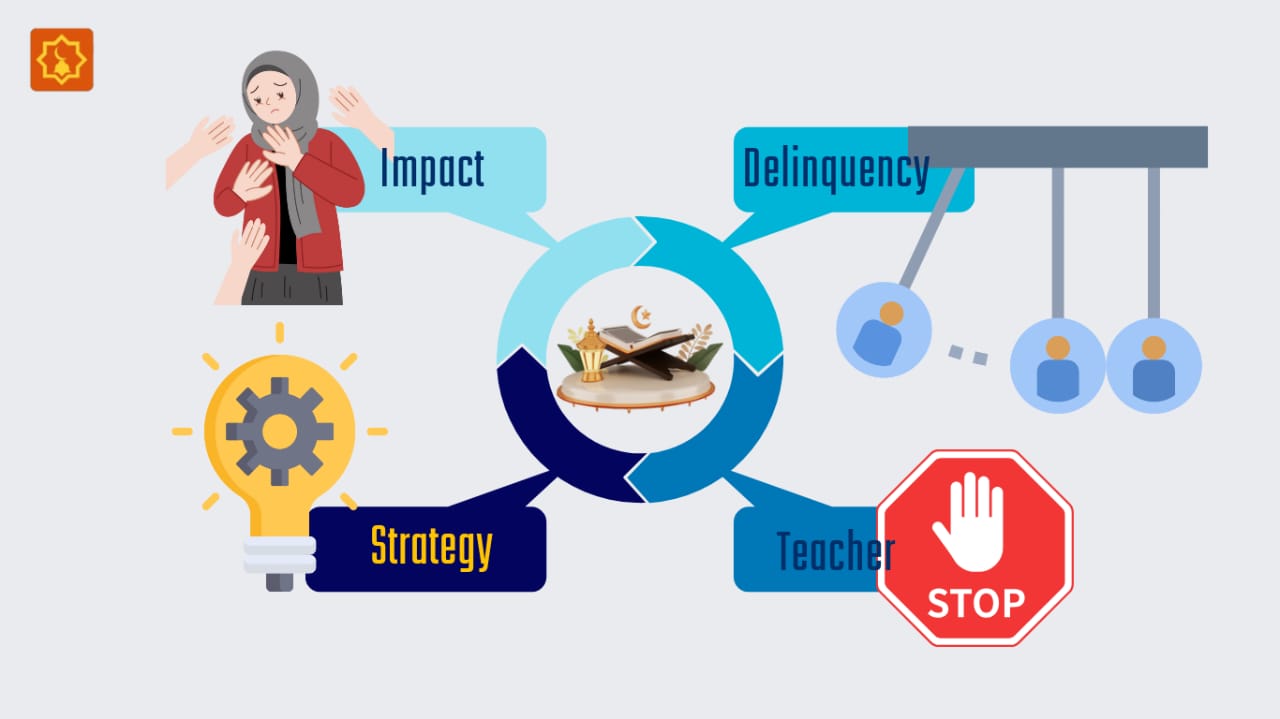PAI Teacher Strategies in Overcoming the Impact of Juvenile Delinquency Case Study at SMK N 3 Metro
Keywords:
Islamic Religious Education Teacher Strategy, Overcoming, Juvenile DelinquencyAbstract
The problem of problematic behavior in teenagers who are still in school is not only a concern for parents and the community, but also raises concerns for educators in the school environment. This problematic behavior is often related to a lack of understanding of religious and moral education, so it demands attention and effort from various parties, including parents, the community, and especially teachers, especially in the context of Islamic religious education. The aim of this research is to identify the strategies used by Islamic religious education teachers in overcoming the impact of problematic behavior on students at SMK N 3 Metro. This research uses a descriptive qualitative approach, with class XI students as the main data source. Data collection methods include three main techniques, namely interviews, observation, and interviews. The data analysis process is through data reduction, data presentation, and drawing conclusions. The results of research conducted at SMK N 3 Metro revealed several main findings. First, various forms of student problematic behavior include violations of school regulations, teaching and learning activities, school order, and social norms in the school environment. Second, the factors that trigger problematic behavior consist of internal factors of individual students as well as external factors, especially in the context of social interactions at school. Furthermore, the strategies used by Islamic Religious Education teachers in overcoming the impact of students' problematic behavior include character-based programs. The program focuses on fostering and preventing problem behavior, with an emphasis on introducing and applying character values in both intracurricular and extracurricular activities. However, there are several obstacles faced by Islamic Religious Education teachers in efforts to overcome student problem behavior at SMK N 3 Metro. These obstacles can be grouped into internal school obstacles and external obstacles, which influence the effectiveness of implementing prevention and character development programs.
Downloads

Downloads
Published
How to Cite
Issue
Section
License
Copyright (c) 2024 Assyfa Journal of Islamic Studies

This work is licensed under a Creative Commons Attribution-ShareAlike 4.0 International License.

 Universitas Ma'arif Lampung, Indonesia
Universitas Ma'arif Lampung, Indonesia















